Home>Furniture>Outdoor Furniture>What Is The Best Decking Material
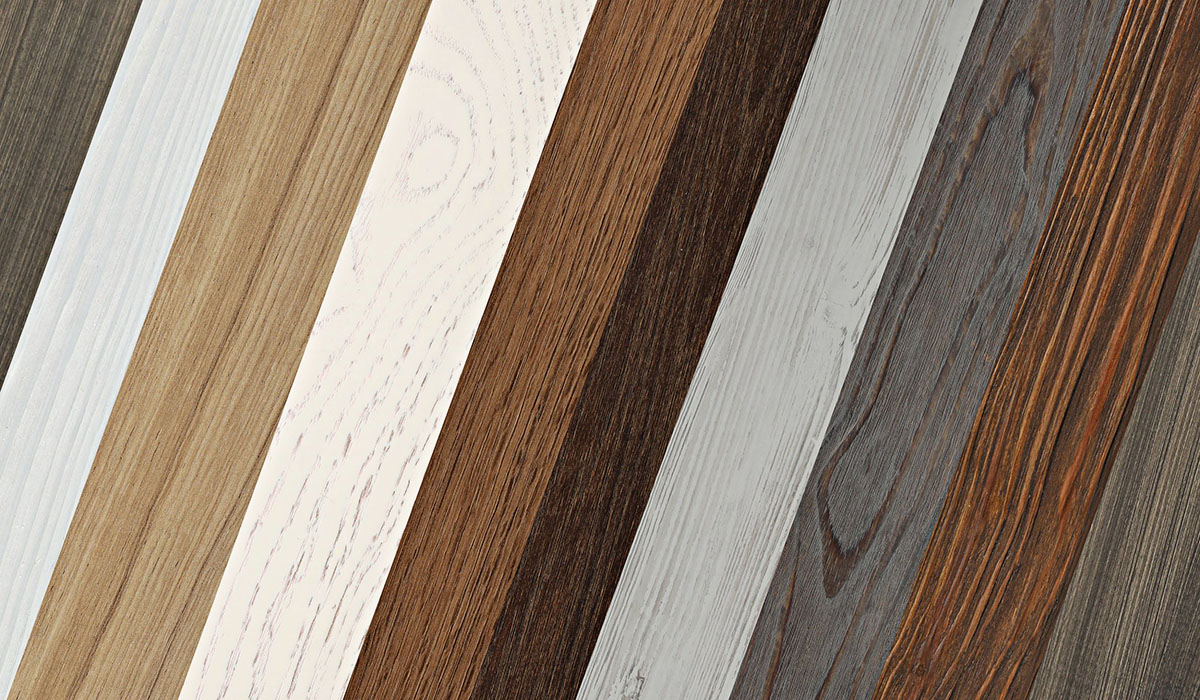

Outdoor Furniture
What Is The Best Decking Material
Modified: March 7, 2024
Discover the top-rated outdoor furniture materials for your deck! Choose from a wide range of options including wood, composite, and PVC, ensuring lasting durability and style.
(Many of the links in this article redirect to a specific reviewed product. Your purchase of these products through affiliate links helps to generate commission for Storables.com, at no extra cost. Learn more)
Introduction
When it comes to creating a beautiful and functional outdoor space, choosing the right decking material is crucial. Your deck not only acts as an extension of your home but also provides a space for relaxation, entertainment, and enjoyment of the great outdoors.
With a plethora of options available in the market, it can be overwhelming to determine which decking material best suits your needs. This article serves as a comprehensive guide to help you navigate through the different types of decking materials and make an informed decision.
In this article, we will discuss the pros and cons of wood decking, composite decking, PVC decking, and aluminum decking. We will also compare these materials in terms of durability, maintenance requirements, cost, and environmental impact.
Whether you are building a new deck or renovating an existing one, understanding the characteristics of each decking material will enable you to select the best option that meets your specific requirements and preferences.
So, let’s dive in and explore the features and benefits of these popular decking materials to help you make an informed choice for your outdoor space.
Key Takeaways:
- Choose composite decking for low maintenance and durability, or wood decking for natural beauty with regular upkeep. Consider PVC or aluminum decking for exceptional durability and modern aesthetics.
- When selecting a decking material, consider factors like maintenance, cost, and environmental impact. Prioritize durability and aesthetics based on your lifestyle and usage patterns. Proper installation and maintenance are key to a long-lasting outdoor space.
Read more: What Is Roof Decking
Wood Decking
Wood decking has long been a popular choice for outdoor spaces due to its natural beauty and versatility. There are several types of wood commonly used for decking, including pressure-treated lumber, cedar, redwood, and tropical hardwoods.
One of the main advantages of wood decking is its aesthetic appeal. The natural grain patterns and warm tones of wood create a timeless and inviting look for any outdoor area. Wood also offers a natural slip resistance, making it a safe option for walking barefoot or in wet conditions.
However, wood decking requires regular maintenance to keep its appearance and durability. It needs to be stained, painted, or sealed to protect it from moisture, UV rays, and insects. Without proper maintenance, wood decking can warp, crack, fade, and become susceptible to rot and insect damage.
Another factor to consider with wood decking is its environmental impact. Wood is a renewable resource, but the sourcing and harvesting practices can vary. It is important to choose wood decking certified by organizations like the Forest Stewardship Council (FSC), which ensures sustainable and responsible forestry practices.
Wood decking is also prone to splintering and requires periodic sanding to maintain a smooth surface. Additionally, it can be susceptible to the growth of mold and mildew in humid climates or areas with high moisture content.
In terms of cost, wood decking can range from affordable to expensive, depending on the type of wood chosen. Pressure-treated lumber is usually the most economical option, while tropical hardwoods like teak or ipe can be significantly more expensive. It is essential to factor in the initial cost, as well as long-term maintenance expenses, when choosing wood decking.
In summary, wood decking offers natural beauty and a classic appeal for outdoor spaces. However, it requires regular maintenance, is subject to environmental considerations, and may have a higher long-term cost when factoring in maintenance expenses. Nonetheless, if you prioritize the visual appeal and warmth of real wood, and are willing to invest time and effort into its upkeep, wood decking can be a great choice for your outdoor living area.
Composite Decking
Composite decking is a popular alternative to traditional wood decking, offering a blend of durability, low maintenance, and aesthetics. It is made from a combination of recycled materials, such as wood fibers and plastic, and is designed to mimic the look and feel of real wood.
One of the key advantages of composite decking is its low maintenance requirements. Unlike wood, composite decking does not require staining, painting, or sealing. It is resistant to fading, warping, and splintering, making it a durable and long-lasting option. Simply cleaning it with soap and water is usually enough to keep it looking pristine.
Composite decking is also highly resistant to moisture, mold, and insects. It does not absorb water, which means it won’t become prone to rot or decay. This makes composite decking an ideal choice for humid climates or areas with high moisture content, as it maintains its structural integrity over time.
Another benefit of composite decking is its eco-friendly nature. By utilizing recycled materials and reducing the demand for new wood, composite decking helps to conserve natural resources. It also eliminates the need for harmful chemical treatments often used in wood decking, making it a more sustainable option.
When it comes to aesthetics, composite decking offers a wide range of colors, textures, and grain patterns to choose from. Whether you prefer the look of natural wood or a more contemporary style, there is a composite decking option to suit your taste and complement your outdoor space.
However, it is important to note that composite decking can be more expensive upfront compared to wood decking. The higher initial cost is offset by the long-term savings in maintenance and replacement expenses. Additionally, composite decking can retain more heat than wood in direct sunlight, so it may not be the best choice for hot climates.
In summary, composite decking is a durable, low maintenance, and eco-friendly alternative to traditional wood decking. Its resistance to moisture, mold, and insects, along with its wide range of design options, make it an attractive choice for homeowners. While the upfront cost may be higher, the long-lasting nature of composite decking can result in substantial savings over time.
PVC Decking
PVC decking is a synthetic option that is gaining popularity in the outdoor furniture industry. Made from 100% PVC (polyvinyl chloride) materials, it offers several unique advantages over traditional wood and composite decking.
One of the main benefits of PVC decking is its exceptional durability. PVC is highly resistant to moisture, mold, mildew, and rot. It does not absorb water, making it an excellent choice for areas with high humidity or near water sources. PVC decking is also resistant to insect damage, ensuring that your outdoor space remains pest-free.
Unlike wood and composite decking, PVC decking does not require any staining, sealing, or painting. Its color does not fade over time, and it maintains its vibrant appearance for years without the need for re-finishing or re-coating.
PVC decking is also known for its low maintenance. It can be easily cleaned with soap and water, eliminating the need for complicated cleaning processes. With PVC decking, you can spend more time enjoying your outdoor space and less time on upkeep.
In terms of aesthetics, PVC decking offers a wide range of styles and colors to suit any design preference. It can mimic the look of natural wood or come in contemporary and modern designs. The variety of textures and finishes available allow you to customize your outdoor space to match your desired aesthetic.
However, it is important to note that PVC decking can be more expensive compared to other decking options. The higher initial cost is offset by the long-term savings in maintenance expenses. PVC decking also tends to retain more heat in direct sunlight, so it may not be the best choice for areas with intense heat.
While PVC decking is generally considered an eco-friendly option due to its long lifespan and low maintenance requirements, it is important to consider the environmental impact of its production. PVC requires certain chemicals and processes during manufacturing, so it is essential to choose PVC decking that is produced using sustainable practices.
In summary, PVC decking offers exceptional durability, low maintenance, and a wide range of design options. Its resistance to moisture, mold, mildew, and insects makes it an attractive choice for outdoor furniture. While it may have a higher upfront cost, the long-lasting nature and minimal upkeep of PVC decking make it a worthwhile investment for your outdoor space.
Aluminum Decking
Aluminum decking is a versatile and innovative choice for outdoor spaces. Made from extruded aluminum panels, it offers unique advantages over other decking materials.
One of the key benefits of aluminum decking is its exceptional durability. Aluminum is resistant to rust, corrosion, and fading, making it ideal for outdoor use. It can withstand extreme weather conditions, including heavy snow, rain, and intense sunlight, without warping or deteriorating.
Aluminum decking requires minimal maintenance. It does not require staining, sealing, or painting, as it is naturally resistant to mold, mildew, and insects. It can be easily cleaned with soap and water, eliminating the need for expensive and time-consuming maintenance routines.
Another advantage of aluminum decking is its lightweight nature. It is significantly lighter than traditional wood or composite decking, making it easier to handle during installation. The lightweight property of aluminum also makes it suitable for rooftop decks or areas where weight restrictions may be a concern.
Aluminum decking offers excellent heat dissipation, which is particularly beneficial in warm climates. It stays cool to the touch even in direct sunlight, allowing you to walk barefoot without discomfort. This makes aluminum decking a comfortable option for those who enjoy spending time outdoors during hot summer days.
In terms of aesthetics, aluminum decking provides a sleek and modern look to outdoor spaces. It is available in various colors and finishes, allowing you to create a customized and stylish outdoor living area. The panels can also be easily cut and shaped to fit any design or size requirement.
However, it is important to note that aluminum decking can be more expensive compared to other decking options. The higher initial cost can be justified by its long lifespan and low maintenance requirements. Additionally, aluminum can have a different feel underfoot compared to other materials, so it is recommended to test it out before making a decision.
In summary, aluminum decking offers exceptional durability, low maintenance, and excellent heat dissipation. Its lightweight nature and modern aesthetic make it an attractive choice for outdoor spaces. While it may have a higher upfront cost, the long-lasting nature and minimal upkeep of aluminum decking make it a valuable investment for those seeking a durable and low-maintenance decking material.
Read more: How To Add A Roof To A Deck
Comparison of Decking Materials
Now that we have explored the different types of decking materials, let’s compare them based on various factors to help you make an informed decision for your outdoor space.
Durability: When it comes to durability, aluminum and PVC decking are known for their exceptional longevity and resistance to moisture, mold, and insects. Composite decking also offers good durability, while wood decking may require more maintenance to maintain its durability.
Maintenance: PVC and aluminum decking require the least amount of maintenance, as they do not require staining, sealing, or painting. Composite decking also has low maintenance requirements, while wood decking typically needs regular maintenance to protect against moisture and UV rays.
Aesthetics: Wood decking offers a natural, rustic beauty that is difficult to replicate with other materials. Composite and PVC decking offer a wide range of design options and can mimic the look of real wood. Aluminum decking provides a sleek, modern look.
Cost: Wood decking is typically the most affordable option, with composite and PVC decking being mid-range and aluminum decking being the most expensive. However, it is important to consider long-term maintenance costs when comparing prices.
Environmental Impact: Composite and PVC decking are considered more eco-friendly, as they utilize recycled materials and reduce the demand for new wood. Wood decking can be sustainable if sourced from responsibly managed forests. Aluminum decking has a lower environmental impact due to its long lifespan and recyclability.
Heat Retention: Aluminum decking has excellent heat dissipation and stays cool to the touch even in direct sunlight. Wood, composite, and PVC decking can retain more heat and may require additional measures to keep the surface cool in hot climates.
Considering these factors will help you determine which decking material is best suited to your specific needs, budget, and aesthetic preferences.
It’s important to note that individual brands and manufacturers may offer different features and warranties for their specific decking products. We recommend researching and consulting with professionals to find the best decking material that aligns with your requirements.
Remember, no matter which decking material you choose, regular cleaning and maintenance will help prolong its lifespan and keep your outdoor space looking beautiful for years to come.
Factors to Consider When Choosing Decking Material
Choosing the right decking material for your outdoor space involves considering several important factors. Here are some key factors to keep in mind when making your decision:
1. Durability:
Consider the durability of the decking material and its resistance to factors such as moisture, insects, mold, and fading. Look for materials that are known for their long lifespan and ability to withstand the elements.
2. Maintenance:
Think about the level of maintenance required for the decking material. Some materials, like PVC and aluminum, require minimal maintenance and are easy to clean. Others, like wood, may need regular staining, sealing, or painting to maintain their appearance and durability.
Read more: What Are The Best Roof Shingles
3. Aesthetics:
Consider the aesthetic appeal of the decking material and how well it complements your outdoor space. Different materials offer different looks and finishes, from natural wood grain to modern designs. Choose a material that aligns with your taste and desired aesthetic.
4. Cost:
Consider your budget when selecting a decking material. Wood decking is generally more affordable, while composite, PVC, and aluminum decking can be more expensive. Remember to factor in long-term maintenance costs when comparing prices.
5. Environmental Impact:
Think about the environmental impact of the decking material. Choose materials that are made from sustainable sources or incorporate recycled materials. Consider materials that minimize chemical treatments and reduce the demand for new resources.
6. Heat Retention:
Consider how the material retains heat. Some decking materials, like aluminum, have excellent heat dissipation properties, staying cool to the touch in direct sunlight. Others, such as wood, composite, and PVC, may retain more heat and require additional measures to prevent excessive heat buildup.
Read more: What Are The Best Lights For Decking?
7. Usage and Lifestyle:
Consider your specific usage and lifestyle needs. If you have a busy family with children or pets, you may prioritize a material that is scratch-resistant, slip-resistant, and easy to clean. If you entertain frequently, you may want a material that can withstand heavy foot traffic and is resistant to stains and spills.
By carefully considering these factors, you can choose a decking material that best suits your needs, preferences, and lifestyle. It is also helpful to consult with professionals or visit showrooms to see and feel the different materials firsthand before making a decision.
Remember, investing in high-quality materials and proper installation will ensure that your deck stands the test of time and provides you with years of enjoyment in your outdoor space.
Conclusion
Choosing the right decking material for your outdoor space is a vital decision that will impact the beauty, durability, and functionality of your deck. We’ve explored several popular options, including wood decking, composite decking, PVC decking, and aluminum decking, each with its own set of advantages and considerations.
Wood decking offers natural beauty and a classic appeal but requires regular maintenance to prevent it from warping, fading, and rotting. Composite decking provides a low-maintenance choice with a wide range of design options, while PVC decking offers exceptional durability and low upkeep requirements. Aluminum decking combines durability, heat dissipation, and a modern aesthetic.
When selecting a decking material, it’s important to consider factors such as durability, maintenance, aesthetics, cost, environmental impact, and heat retention. Additionally, your lifestyle and usage patterns should also be taken into account to ensure the material can withstand your specific needs.
Ultimately, the best decking material will depend on your personal preferences, budget, and the specific requirements of your outdoor space. It’s recommended to thoroughly research different materials, consult with professionals, and even visit showrooms to see and feel the decking materials firsthand.
Remember that proper installation and regular maintenance are crucial for the longevity and performance of any decking material. Regular cleaning, sealing, and necessary repairs will help keep your deck in optimal condition, regardless of the chosen material.
With careful consideration and investing in a high-quality decking material that matches your needs, you can create a beautiful, functional, and long-lasting outdoor space where you can relax, entertain, and enjoy the outdoors for years to come.
Take your time, weigh the pros and cons, and make an informed decision. Your perfect deck is just a step away.
Frequently Asked Questions about What Is The Best Decking Material
Was this page helpful?
At Storables.com, we guarantee accurate and reliable information. Our content, validated by Expert Board Contributors, is crafted following stringent Editorial Policies. We're committed to providing you with well-researched, expert-backed insights for all your informational needs.
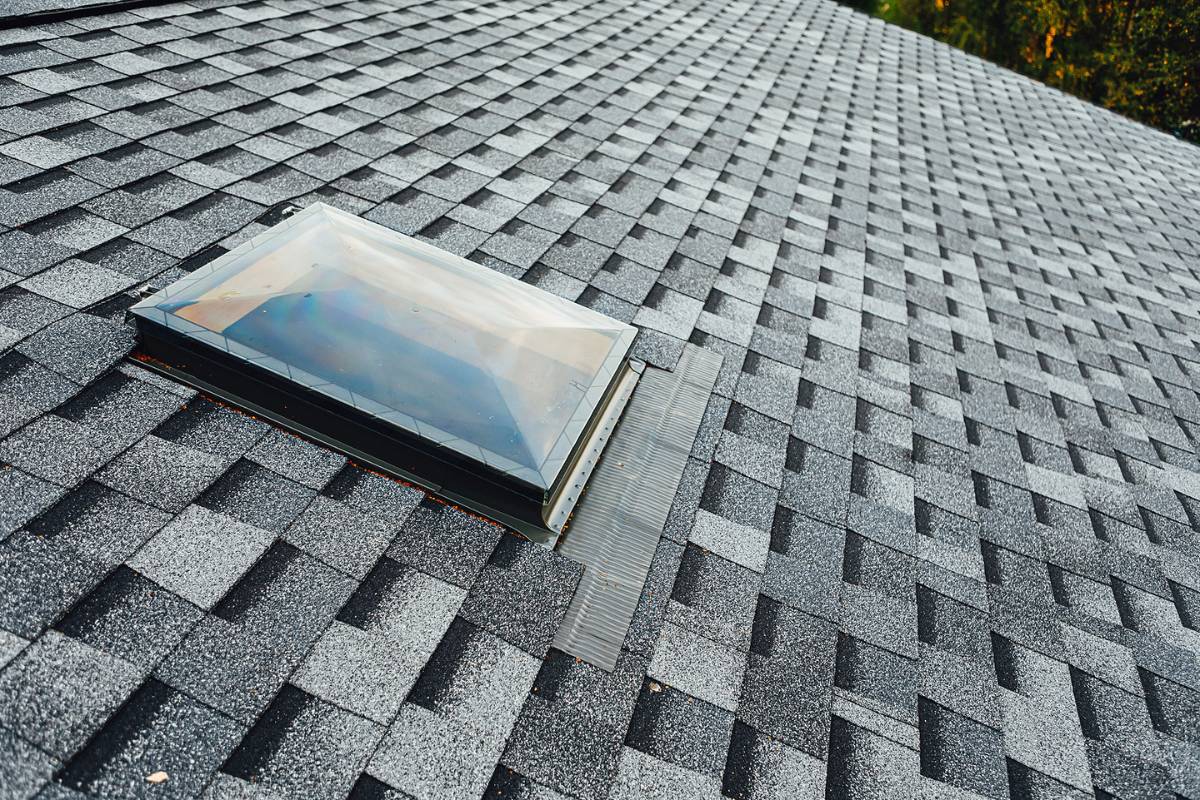
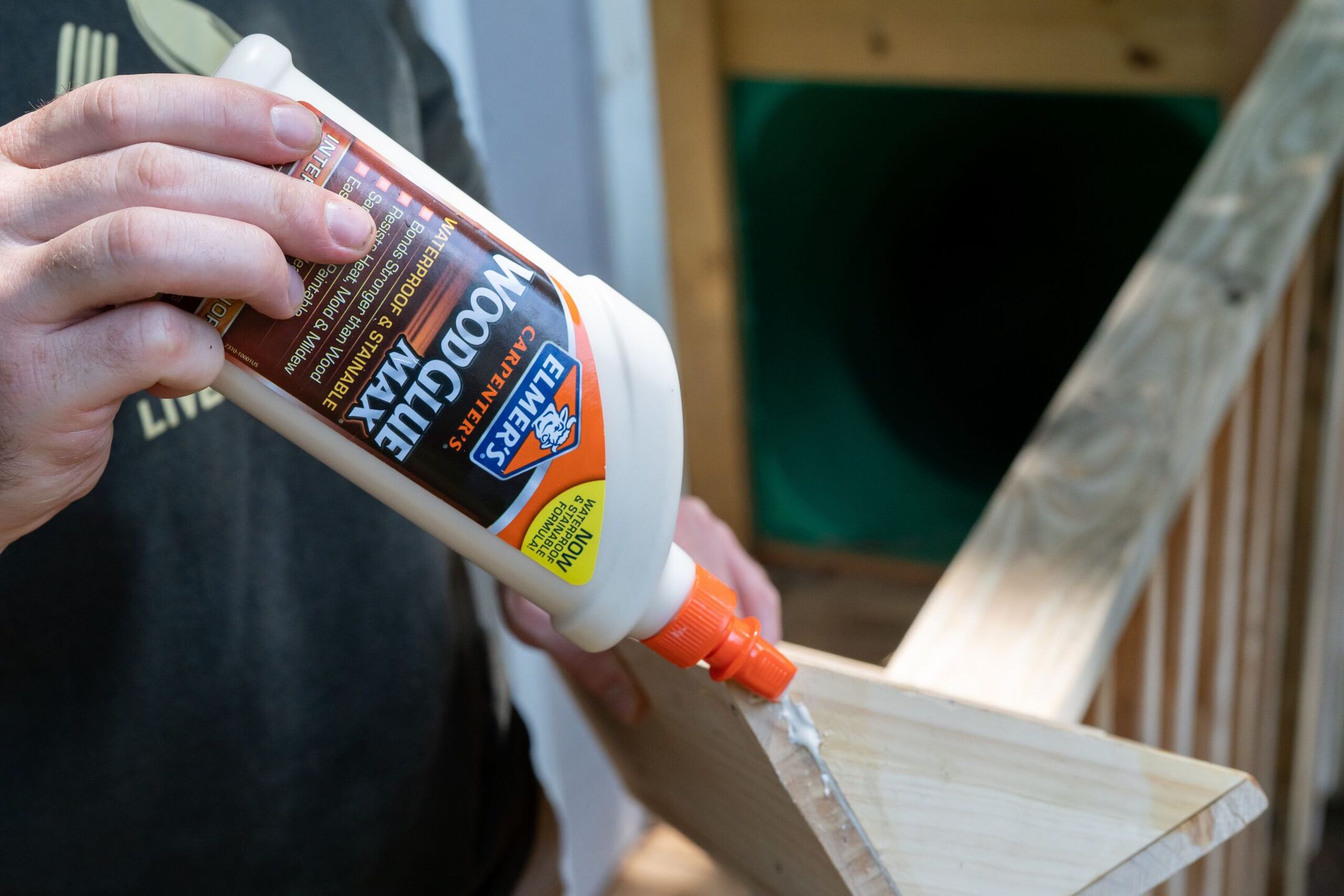
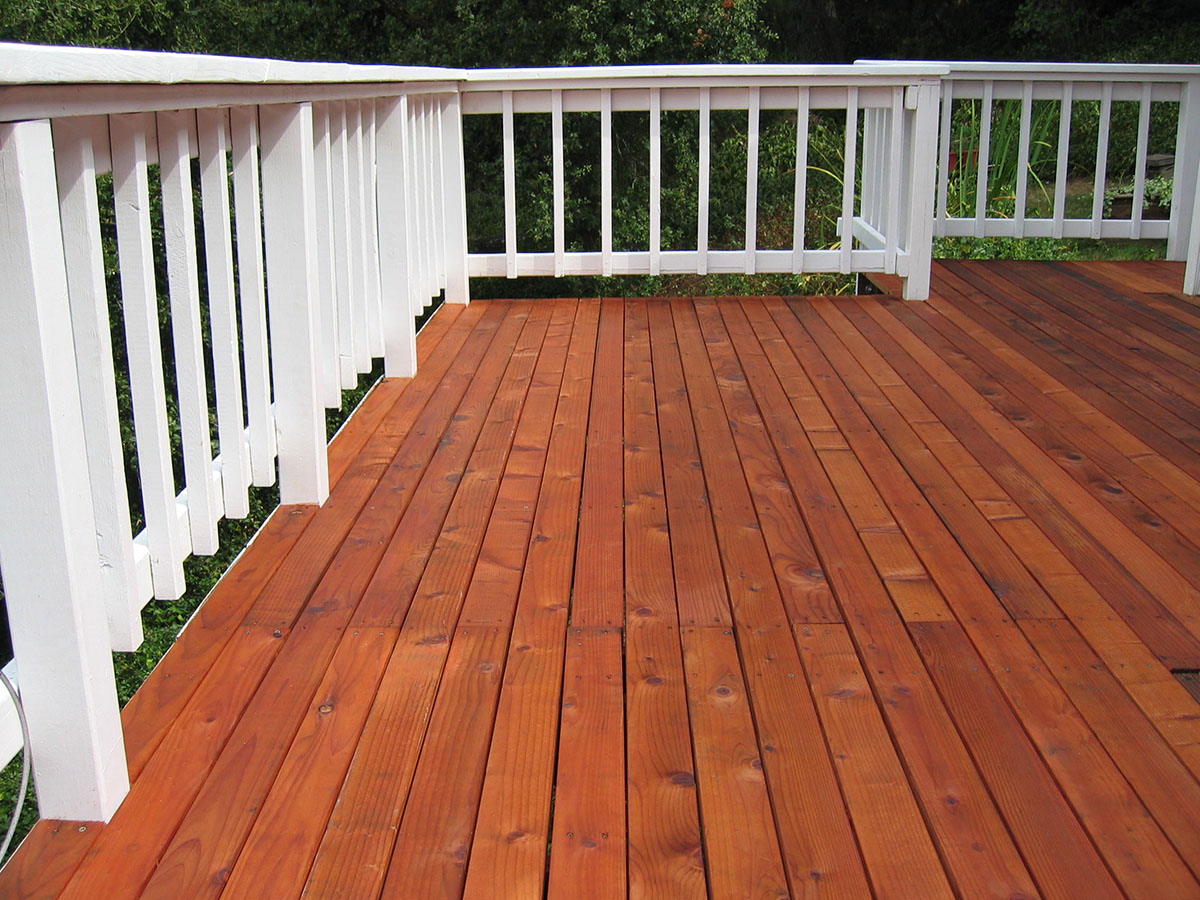
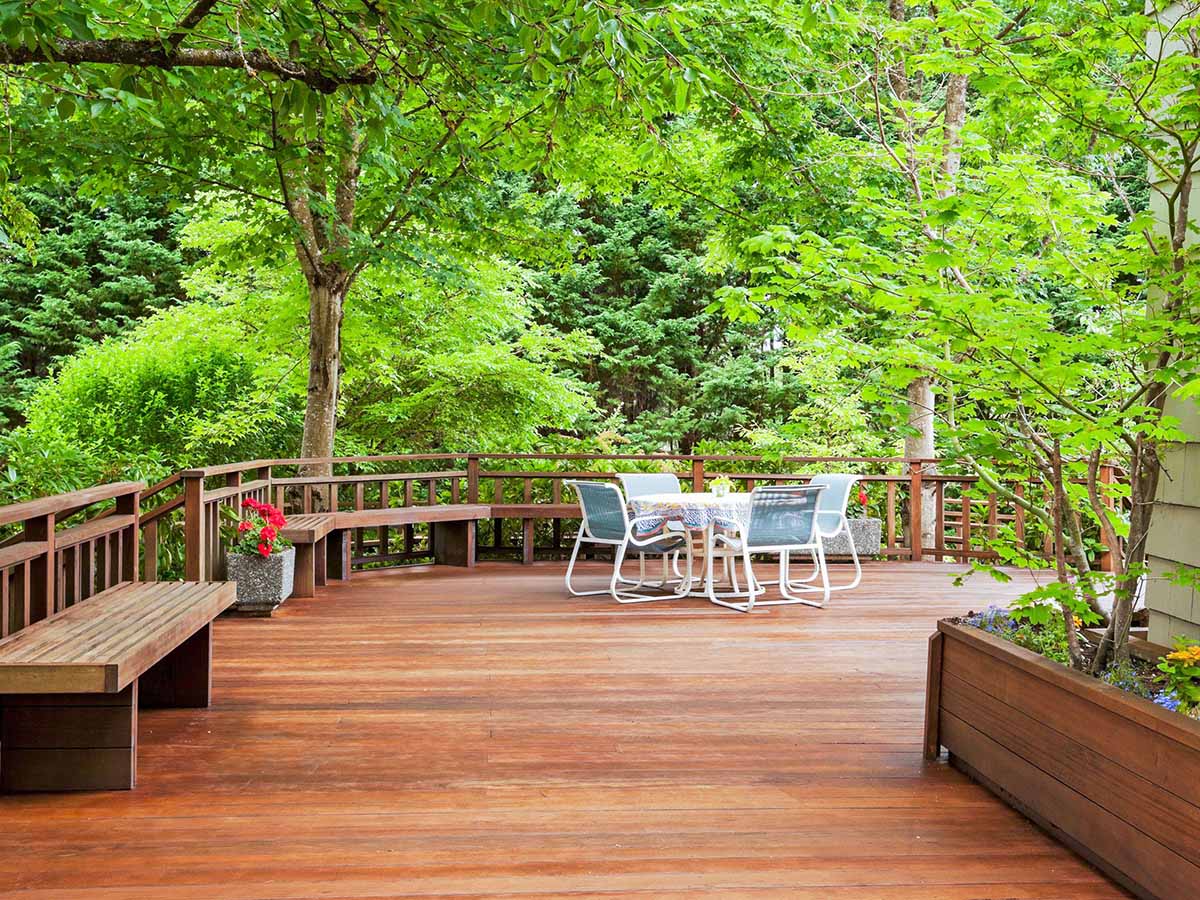
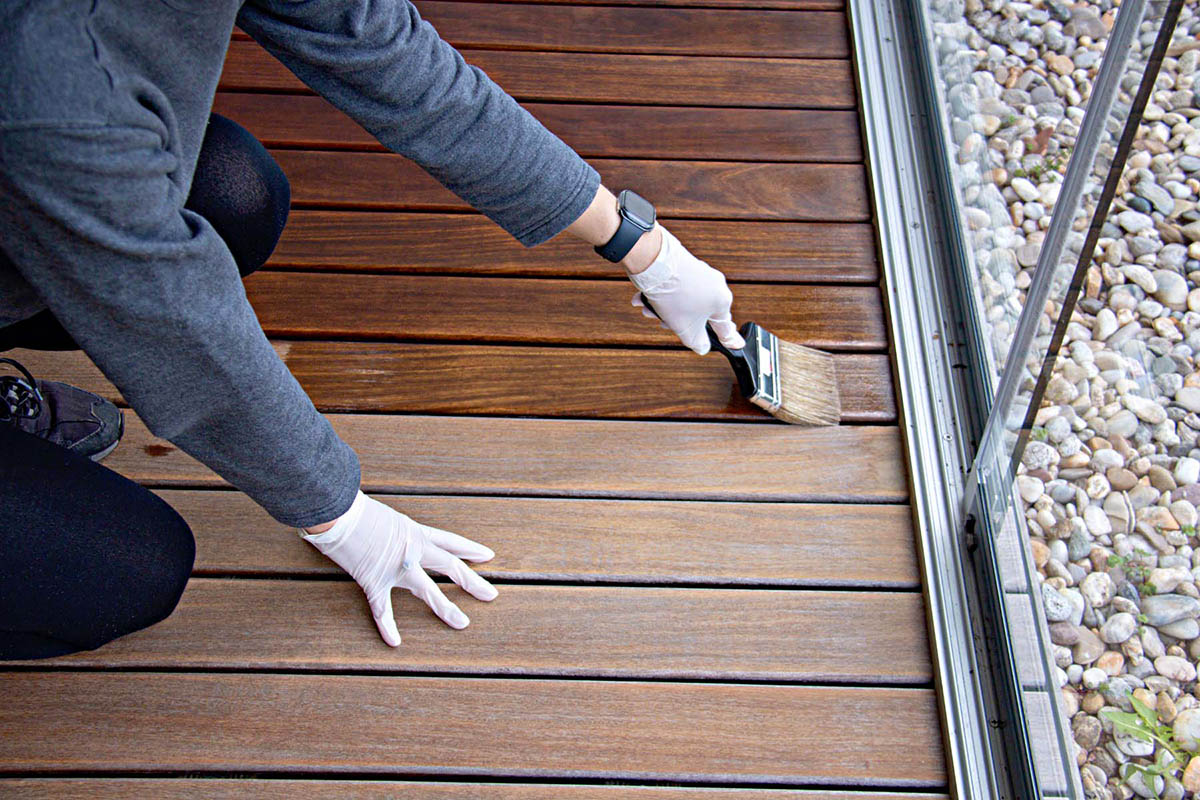
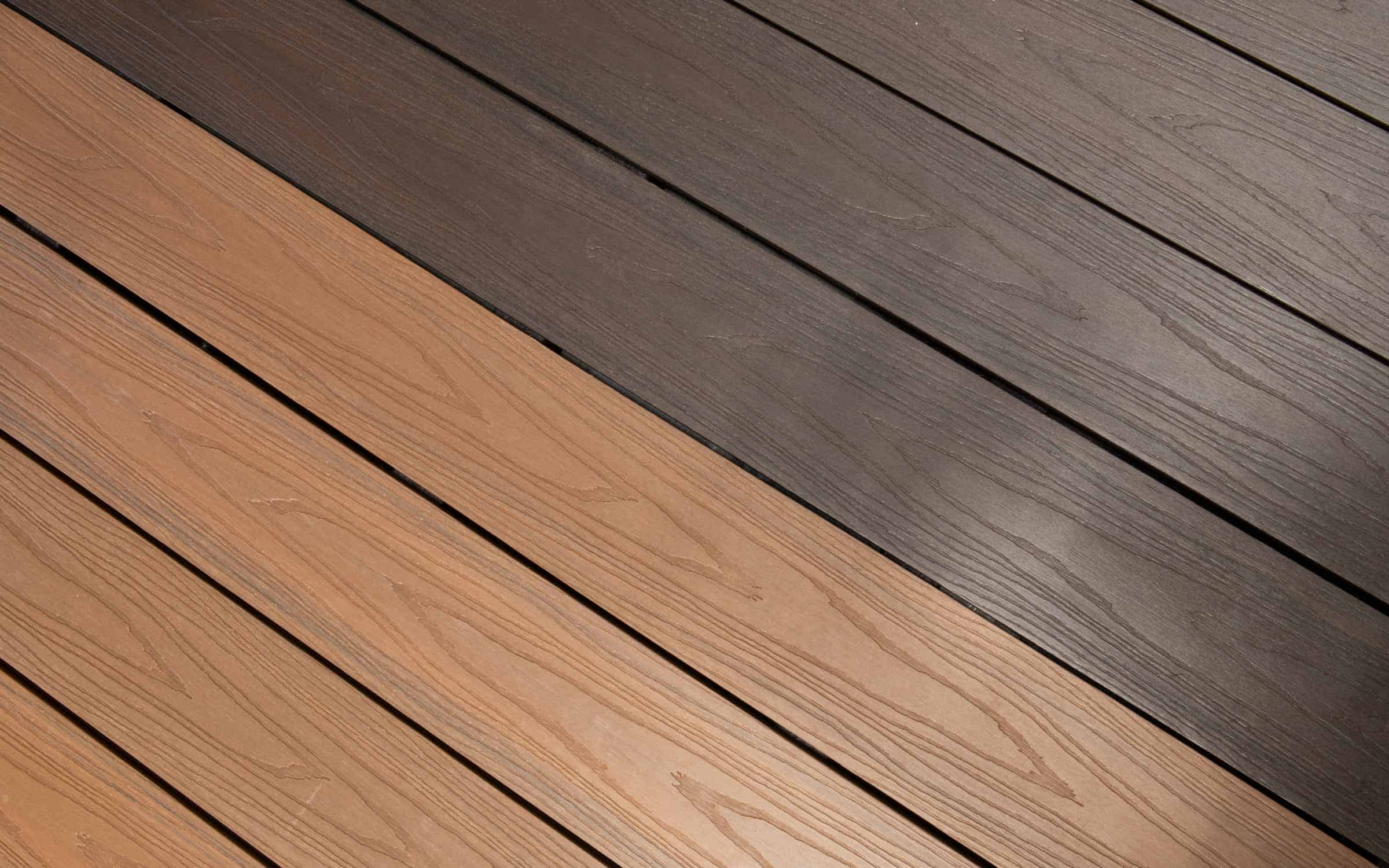
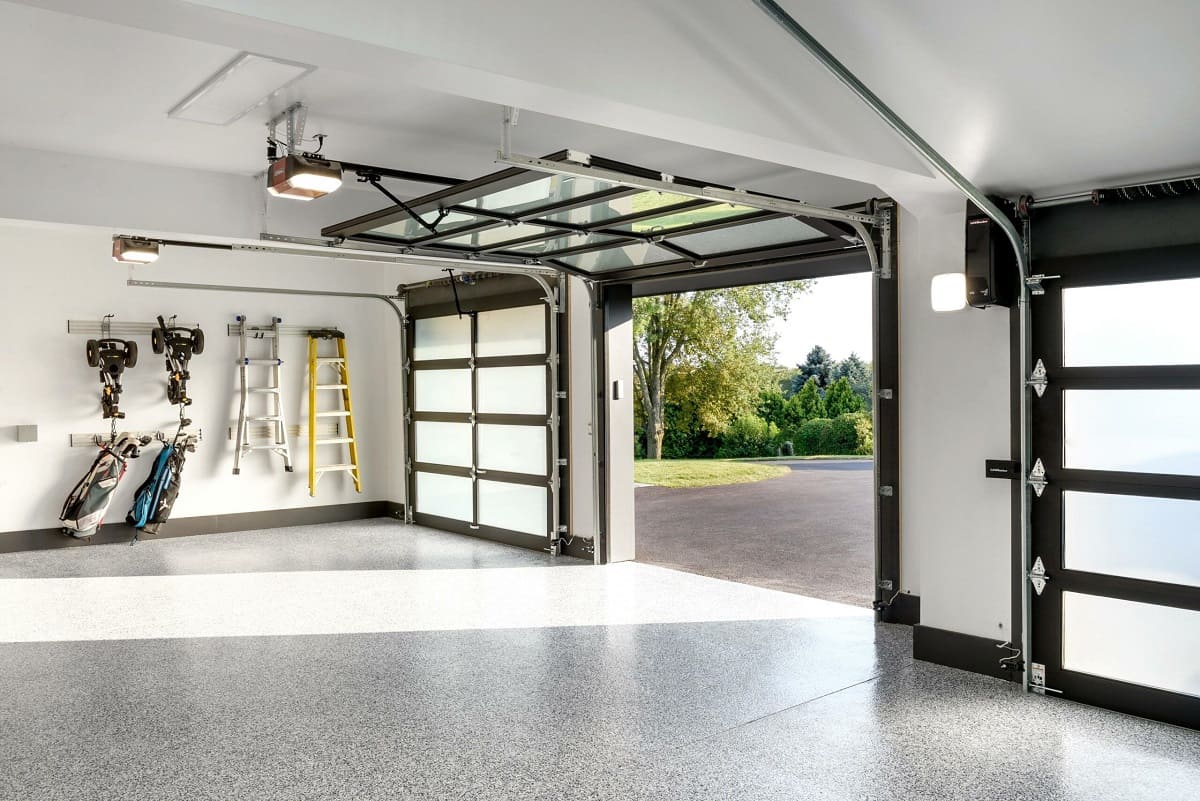
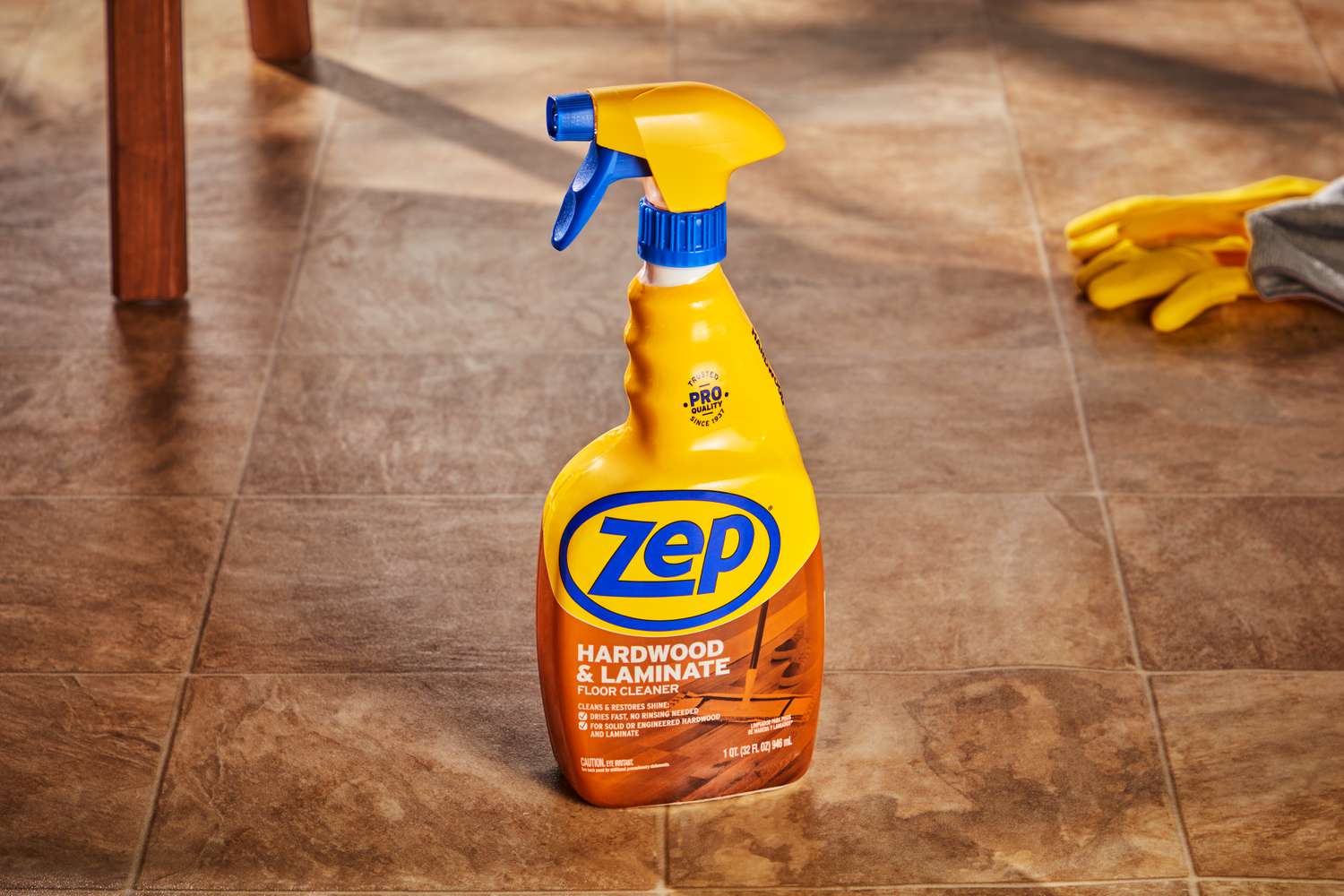
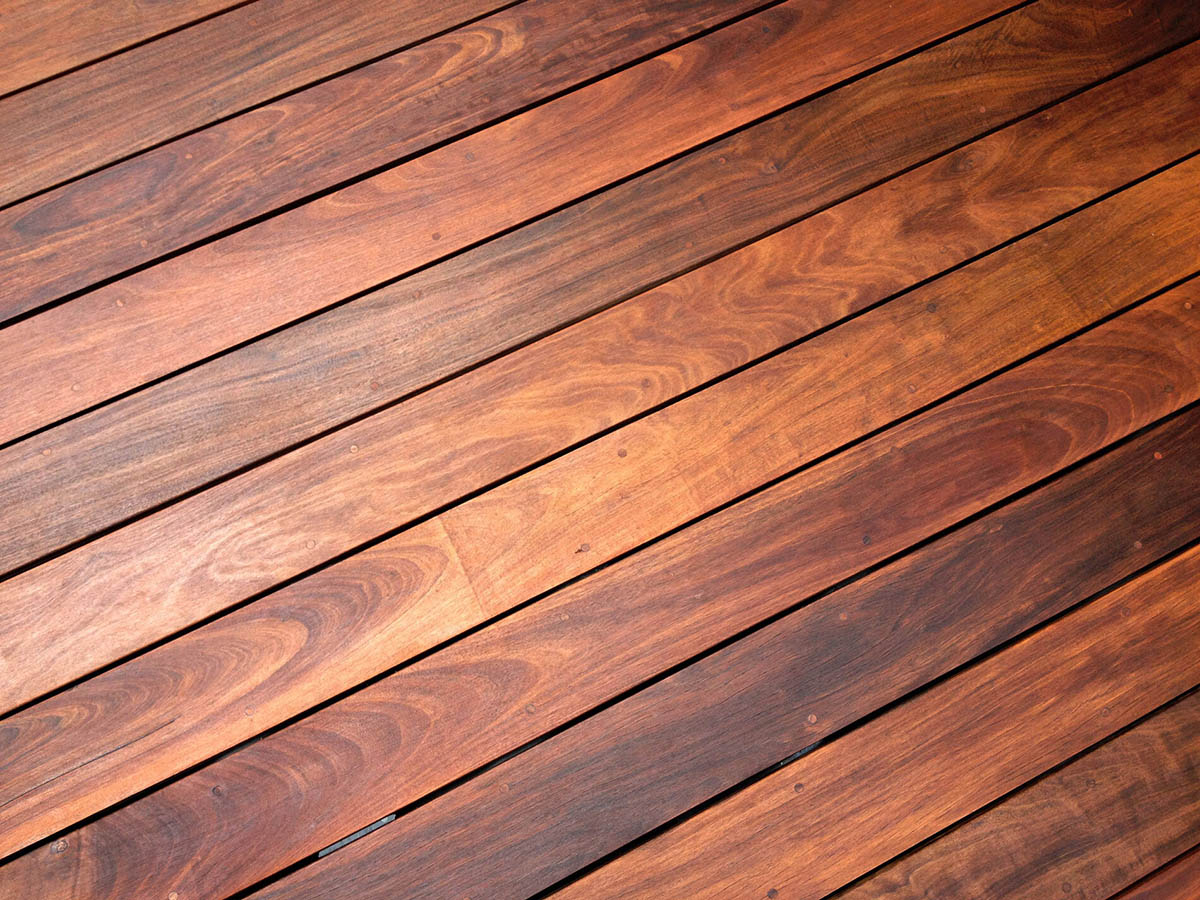
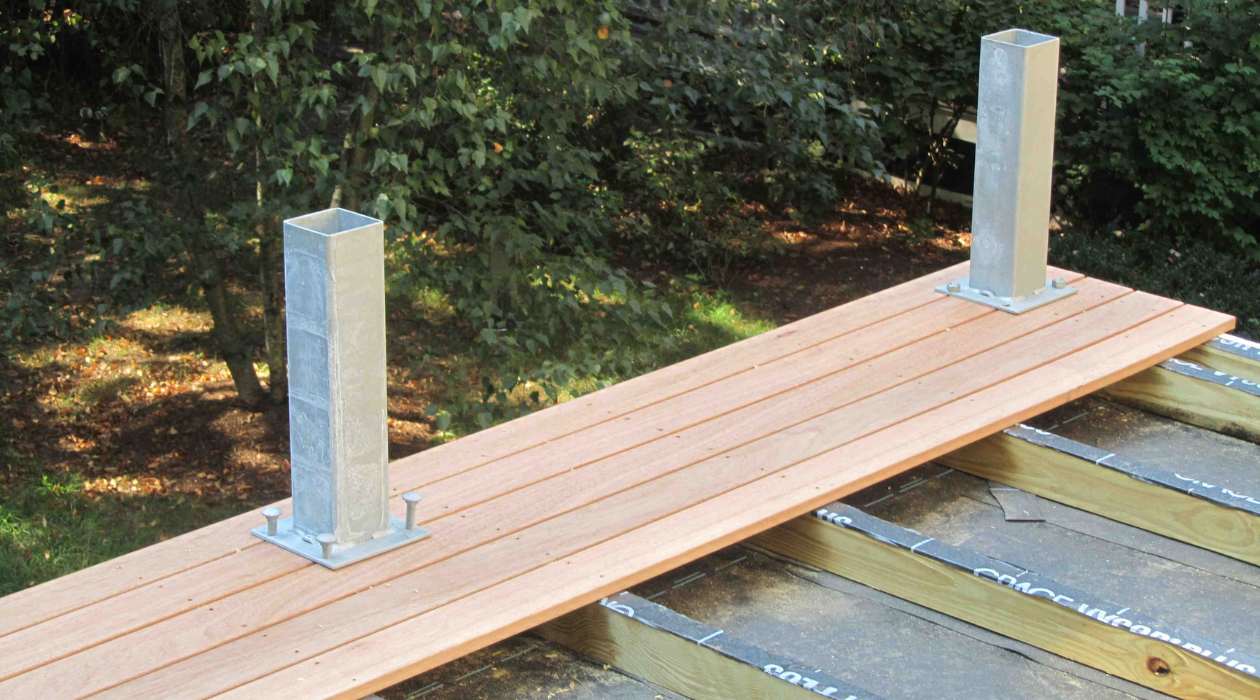
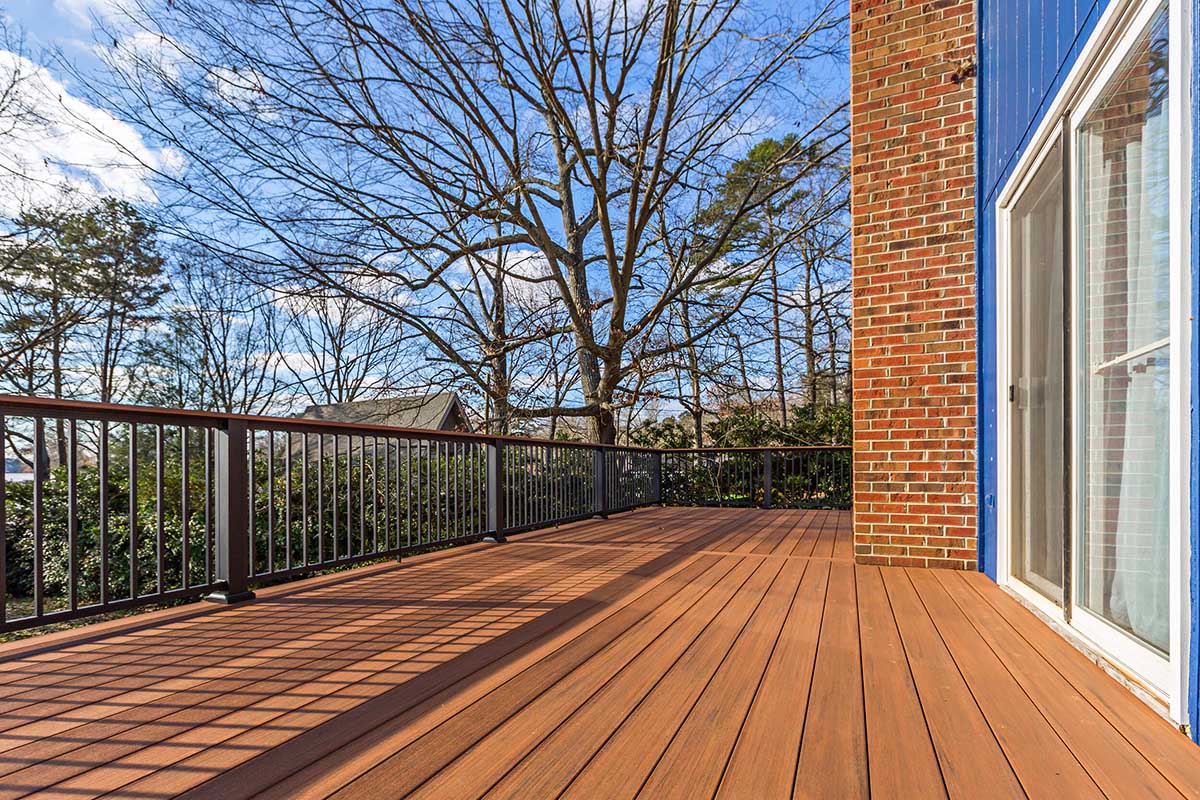
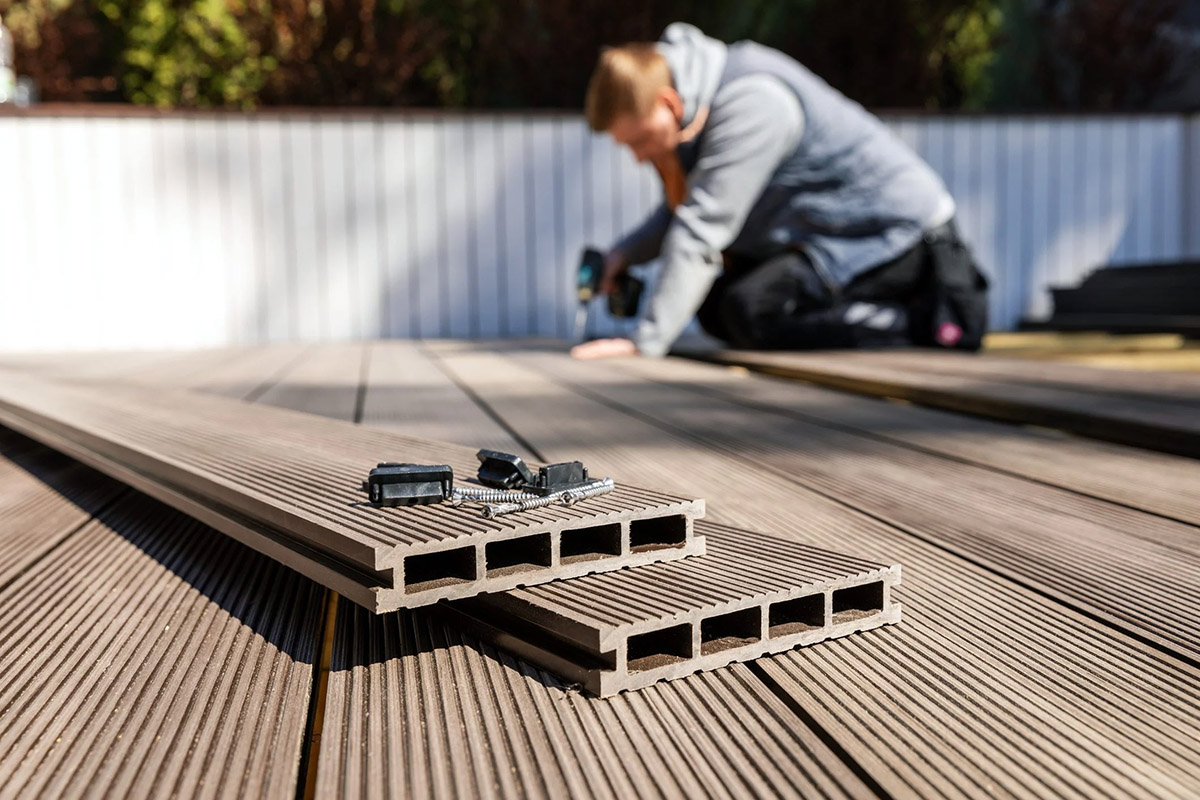

0 thoughts on “What Is The Best Decking Material”